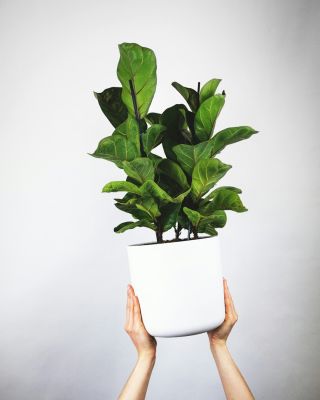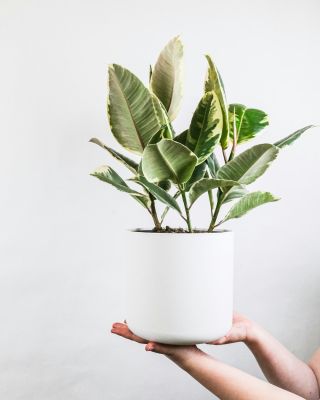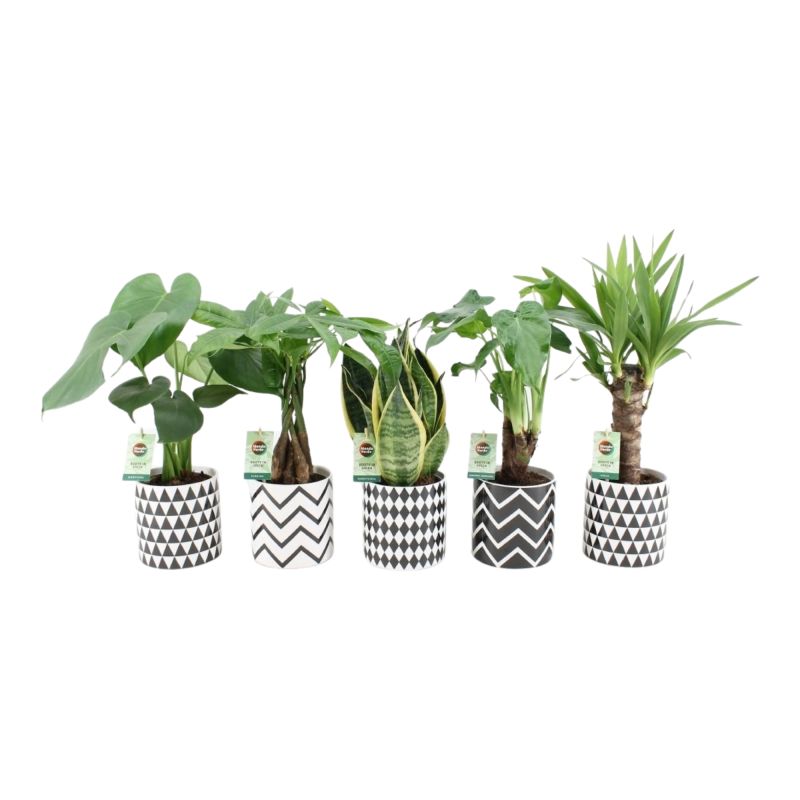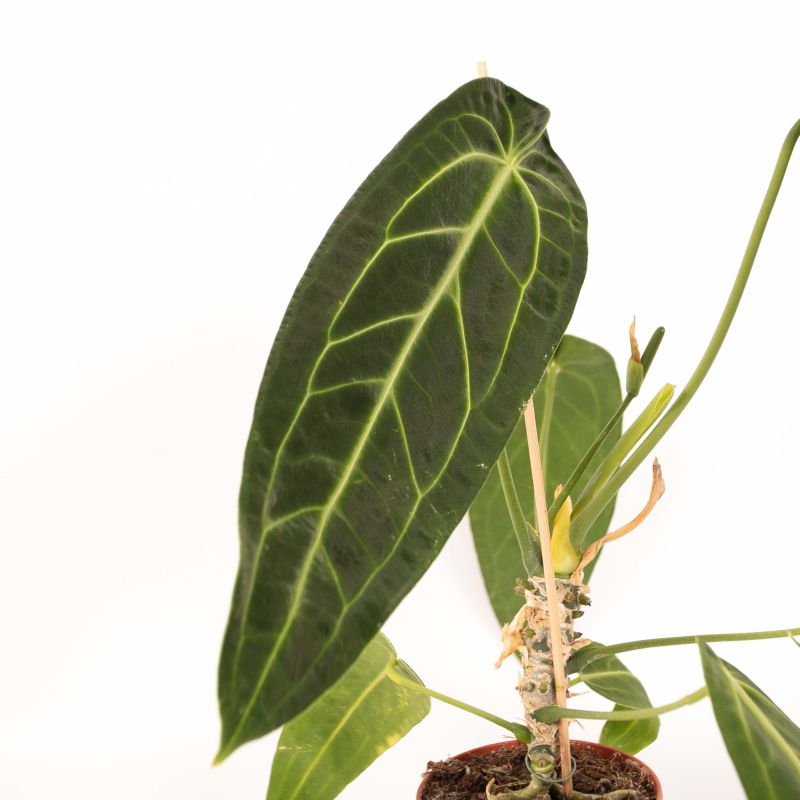Ficus Plant Care: The Essential Guide to Keeping It Healthy and Thriving
The ficus is one of the most popular houseplants thanks to its elegant appearance, resilience, and wide variety of species like Ficus benjamina, Ficus elastica (rubber plant), or Ficus lyrata (fiddle-leaf fig). While it's generally low-maintenance, it still needs proper care to truly thrive.
1. Light: Bright, but Indirect
Ficus plants love bright spaces, but direct sunlight can scorch their leaves. Place yours near a window with filtered light or in a bright room out of direct sun.
2. Watering: Not Too Much, Not Too Little
Keep the soil slightly moist, but never soggy. Water when the top inch of soil feels dry to the touch. In winter, reduce the frequency of watering.
3. Humidity Matters
Ficus prefers moderate humidity. If the air is too dry, mist the leaves occasionally or place a humidifier nearby to keep it happy.
4. Temperature
Ideal temperature range: 60–77°F (15–25°C). Avoid cold drafts and sudden temperature changes, which can cause stress.
5. Pruning and Cleaning
Prune any dead or unruly branches to maintain a neat shape. Wipe the leaves with a damp cloth to remove dust and help the plant breathe.
6. Repotting and Fertilizing
Repot your ficus every 2–3 years, ideally in spring. During the growing season (spring and summer), fertilize monthly with a liquid fertilizer suitable for green plants.
Pro tip: If your ficus starts dropping leaves, don’t panic. This often happens after relocating the plant or when environmental conditions change. Give it time to adjust.














